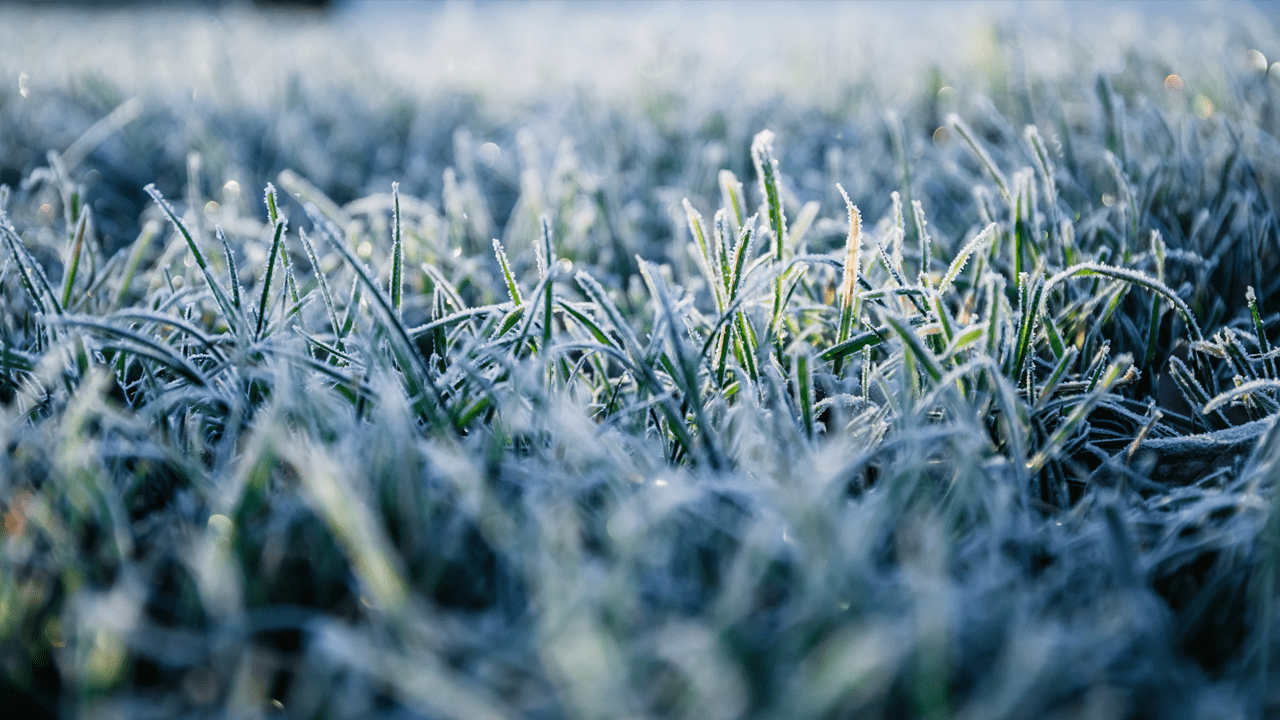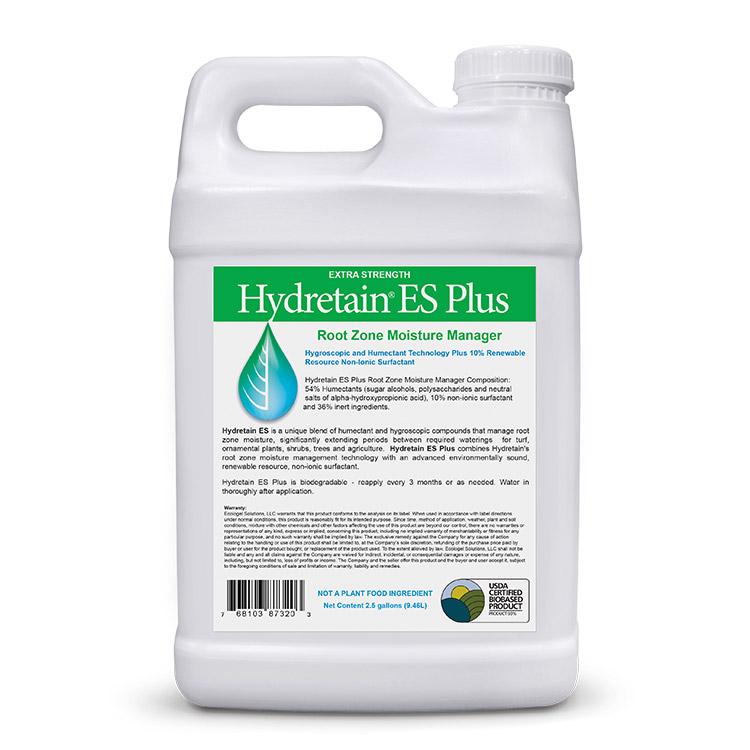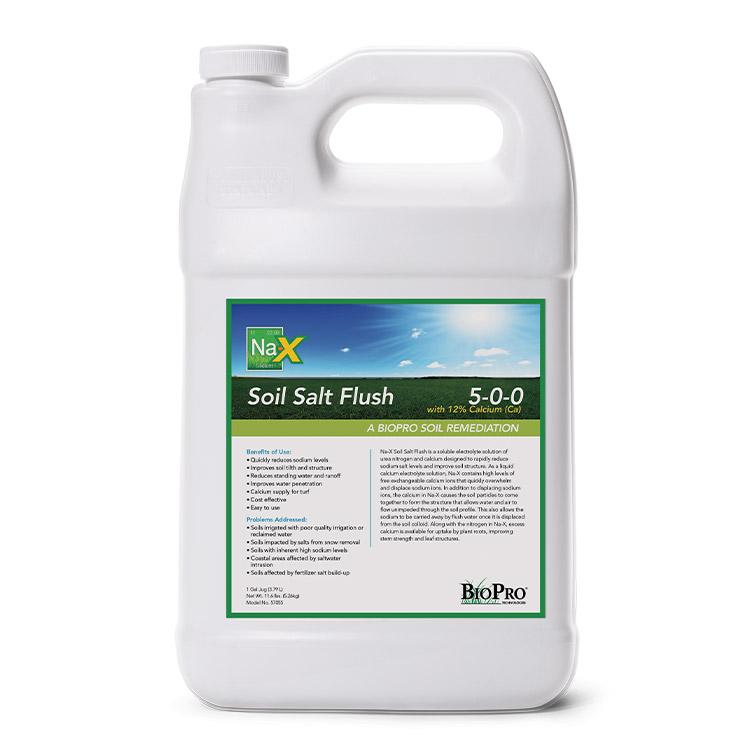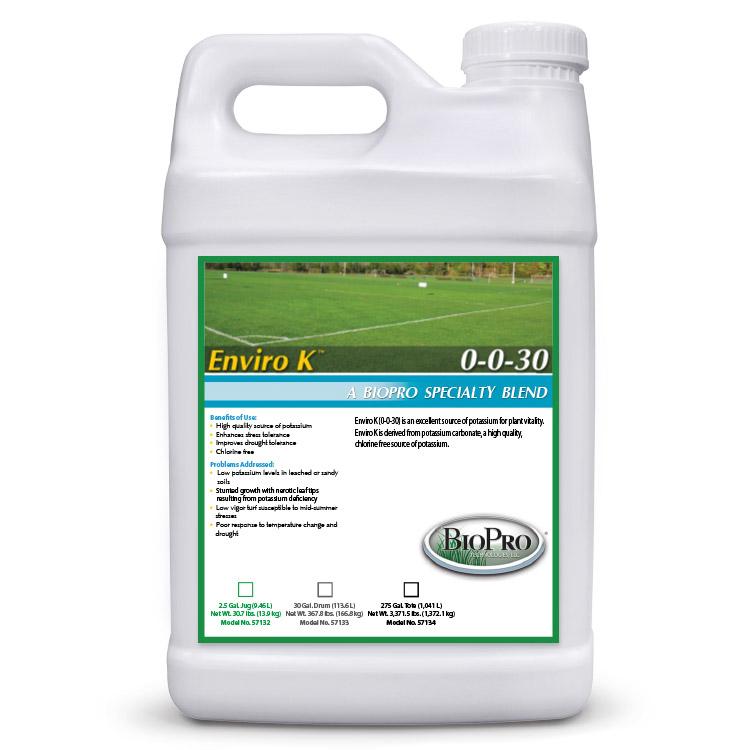No matter where you live in the United States, your lawn is going to face winter challenges. Winter looks different year to year and region to region, but there are always unique seasonal difficulties. There are several steps you can take to make sure you prevent winter damage to your lawn and keep it as healthy as possible before the growing season returns. Here is our best advice:
Issues Your Lawn Will Face in Winter
In regions of the country with cold winters, you can expect to see several related issues. Colder air temperatures, and lower ground temperatures, are hard on grass blades and roots. Drier conditions, and wind, will lead to desiccation. If temperatures drop below freezing, there’s the possibility of frost damage, and of winter diseases such as snow mold or root rot.
In regions that experience a dry winter season, such as Florida, water management will be a huge concern. Warm season grasses that don’t go dormant in winter require more water throughout the year than their cool weather counterparts, and homeowners may face watering restrictions.
Best Practices for Winter Lawns
A few practices can be generally applied to keep lawns as healthy as possible during the challenging winter months. Limit foot traffic on your lawn as much as possible, since the grass that is frozen or excessively dry can be easily damaged. Frozen cell walls break when ruptured, which permanently damages the plant.
If you get large amounts of snow, avoid long-term pileups to prevent growth of snow mold. Snow molds can develop when snow – and excessive moisture – smother grass before the ground is frozen.
In areas where road salts are used to de-ice sidewalks, use products that will help flush sodium from the soil once winter is over.
How to Prepare for Spring
A few basic lawncare practices should be utilized as you wait for the return of spring. Keep your lawn clear of excessive leaves and debris like grass cuttings, as these can smother the grass and create conditions favorable for diseases. Applying a potassium source in late fall or early winter will help strengthen the grass roots, making them more resilient to the cold. Winter is also a great time to clean, sharpen, and tune up your lawn mower and other equipment so they’re ready for spring. Take advantage of the downtime!
Managing Moisture Levels
It’s important to manage moisture levels in the soil throughout winter. Cold winds and low humidity can lead to desiccation, a condition where plants lose more moisture than they can absorb, which leads to dehydration. Products that assist with retaining moisture in the root zone can help prevent winter desiccation, especially when applied in late fall, before winter conditions set in and the ground freezes.
Caring for turf is a year-round task, but with the right PHC practices, you can spend winter knowing that your lawn is prepared for harsh conditions. If you need further assistance, we offer products that help soils hold onto more moisture in the root zone, protecting plants through the winter. Your lawn will thank you come spring!




